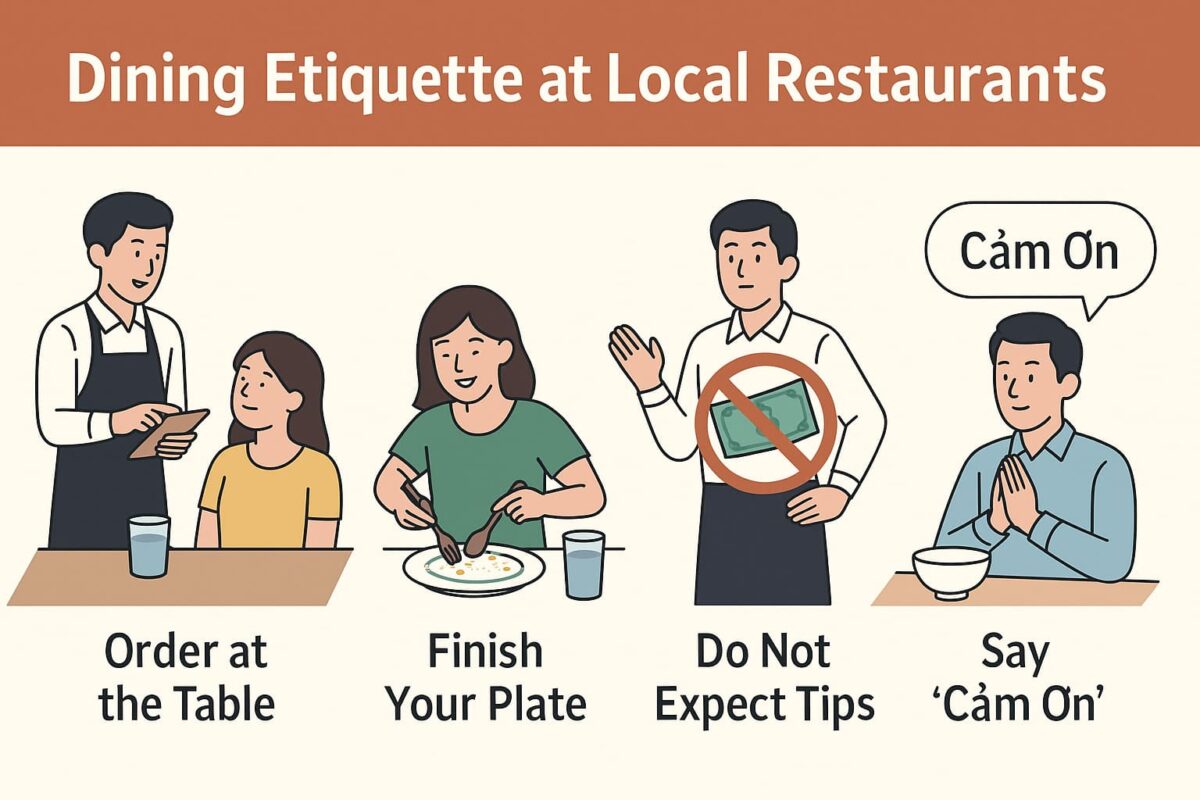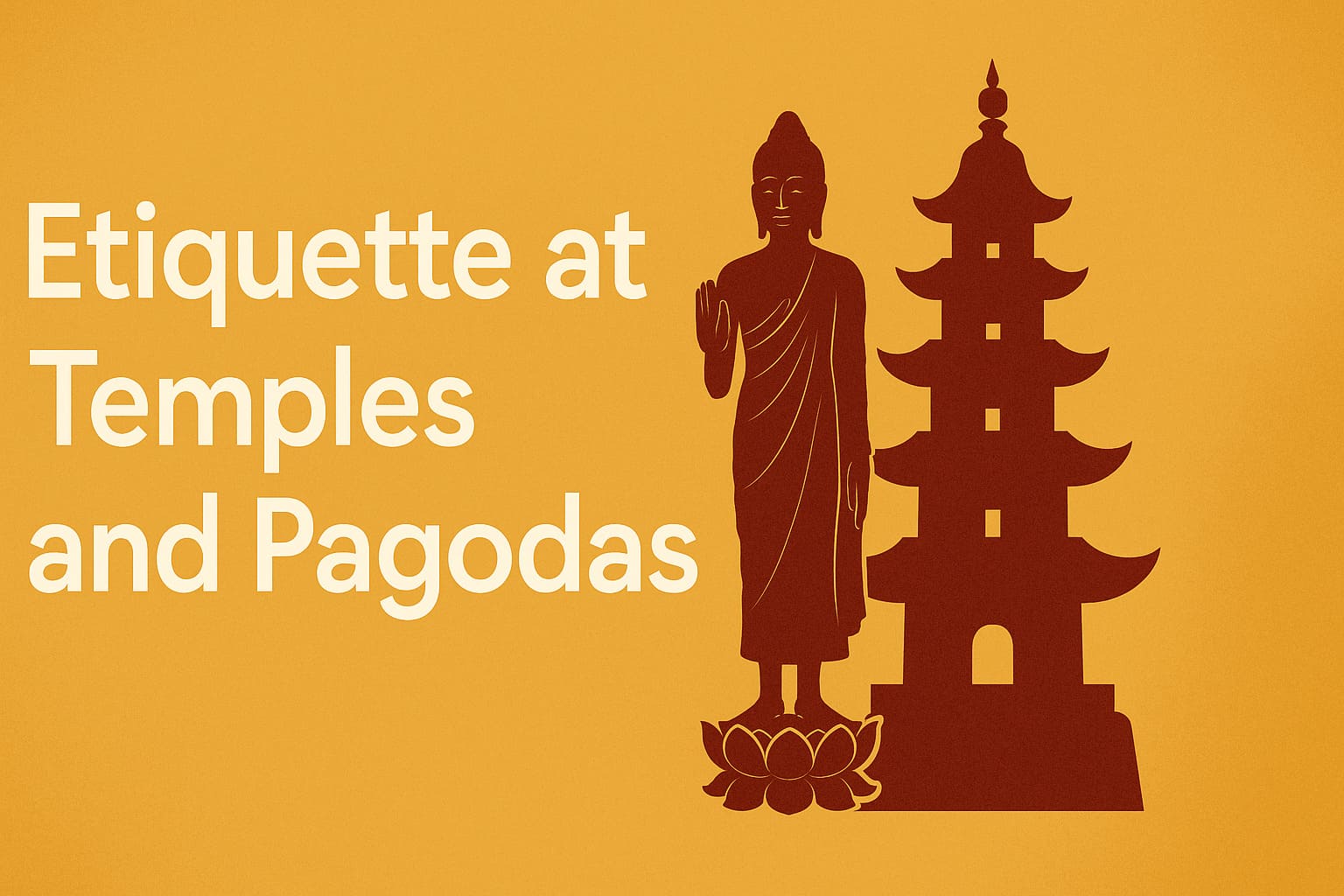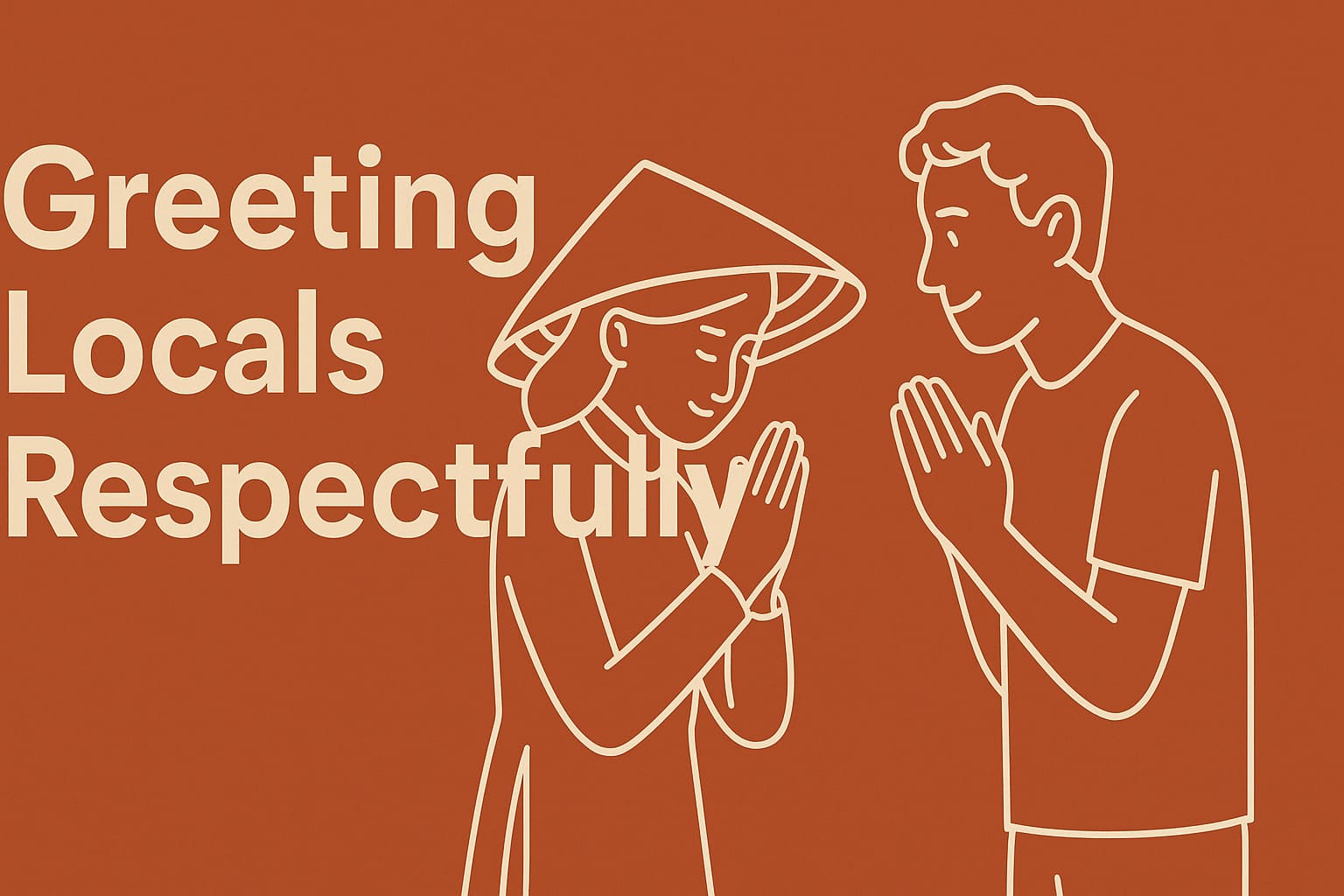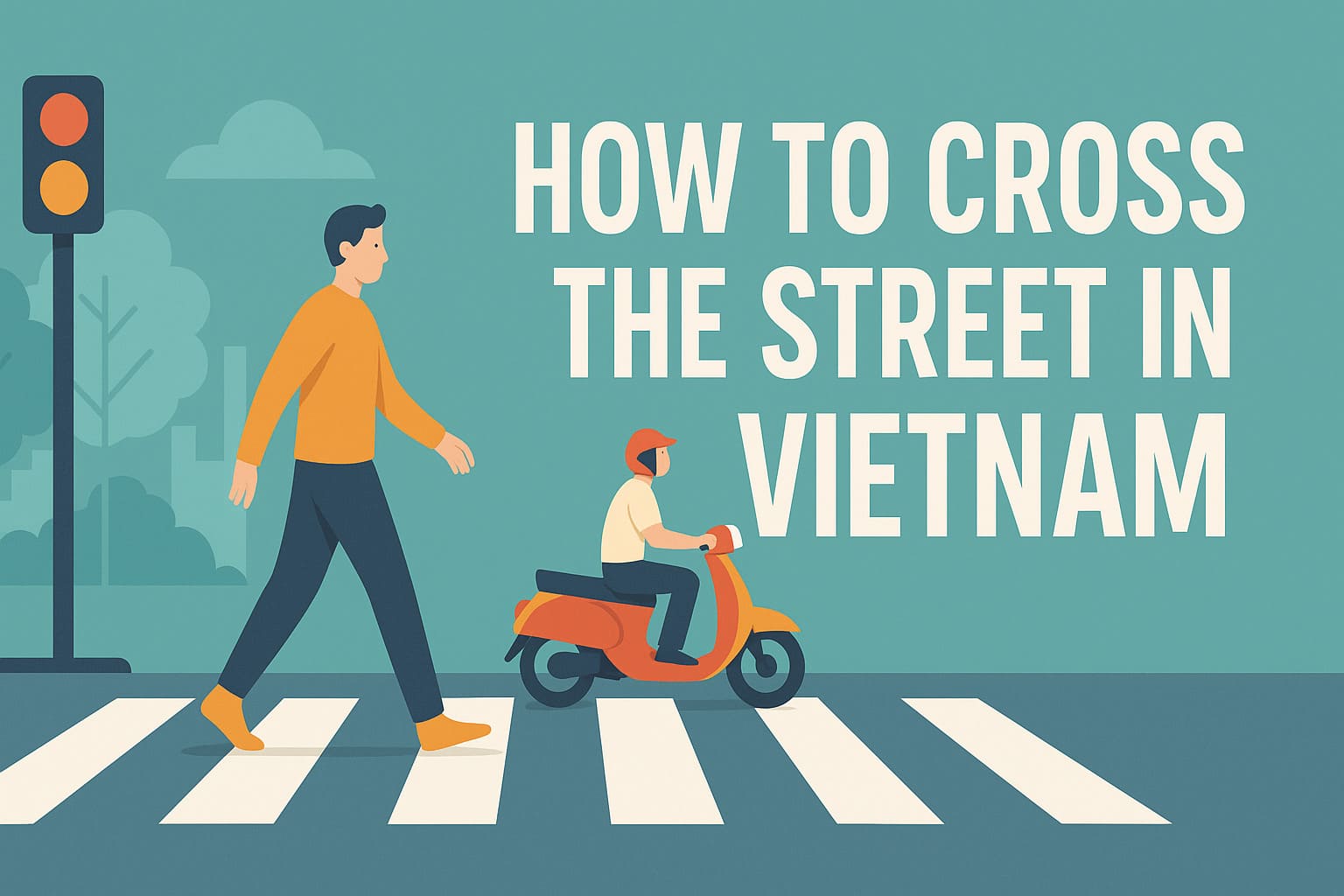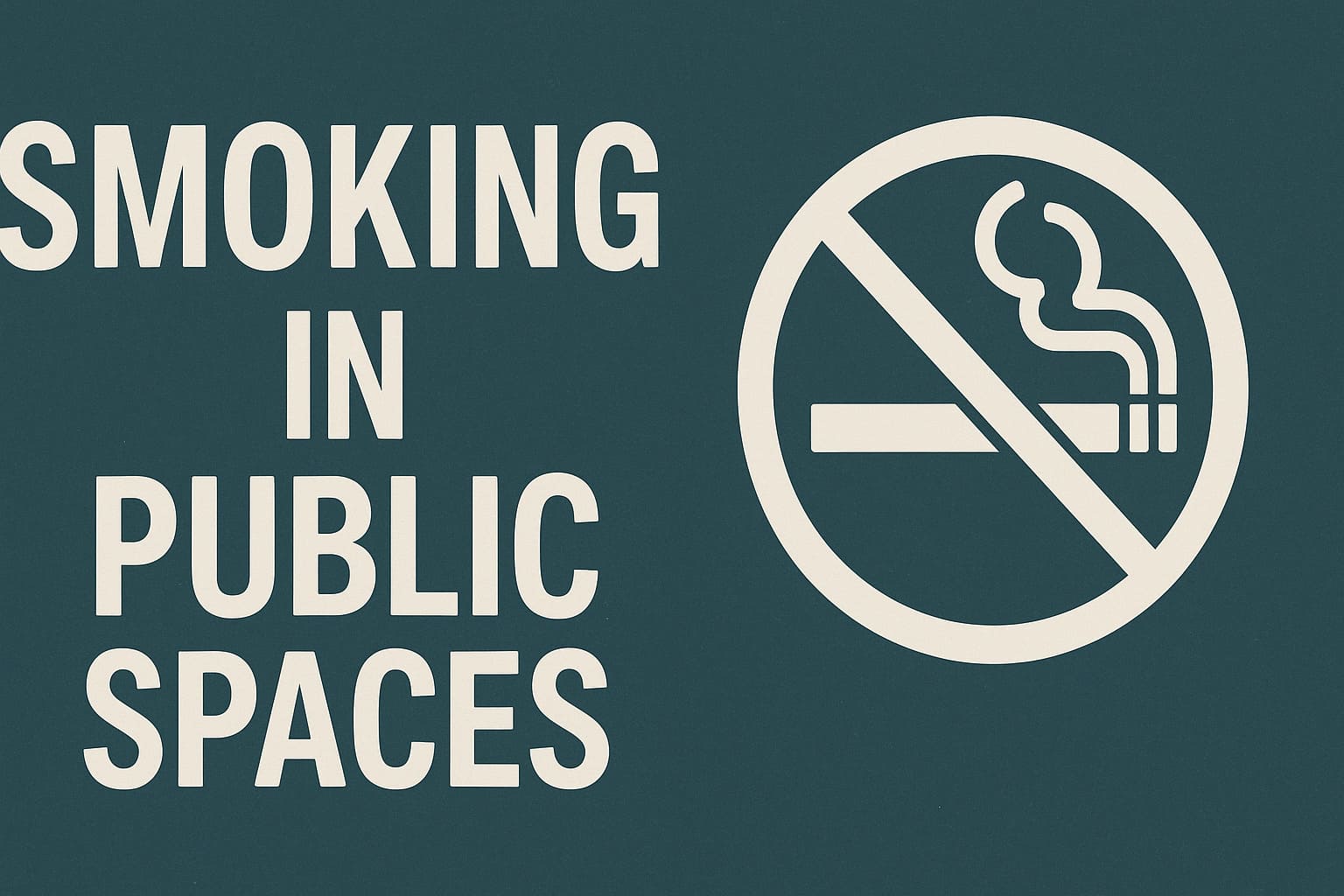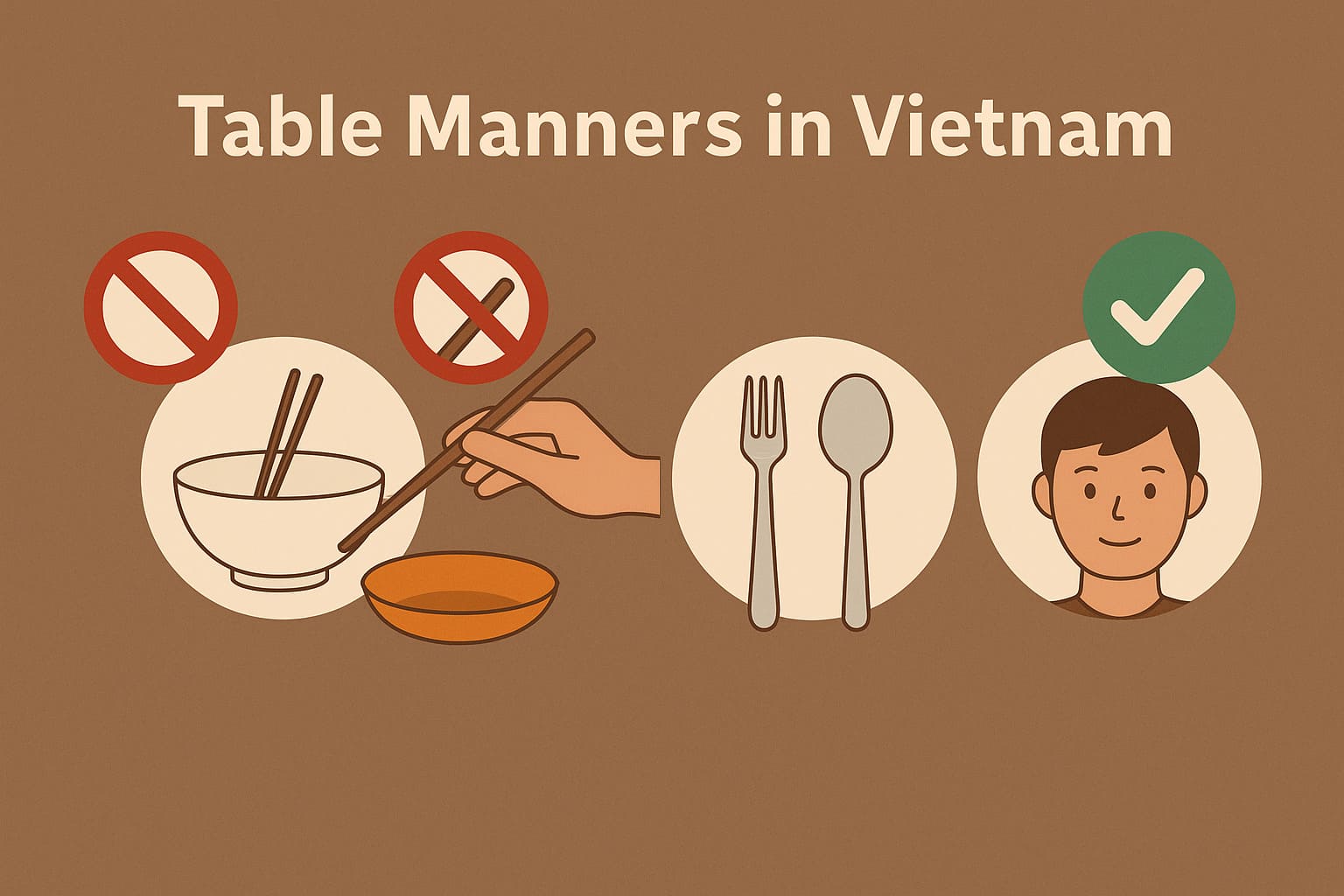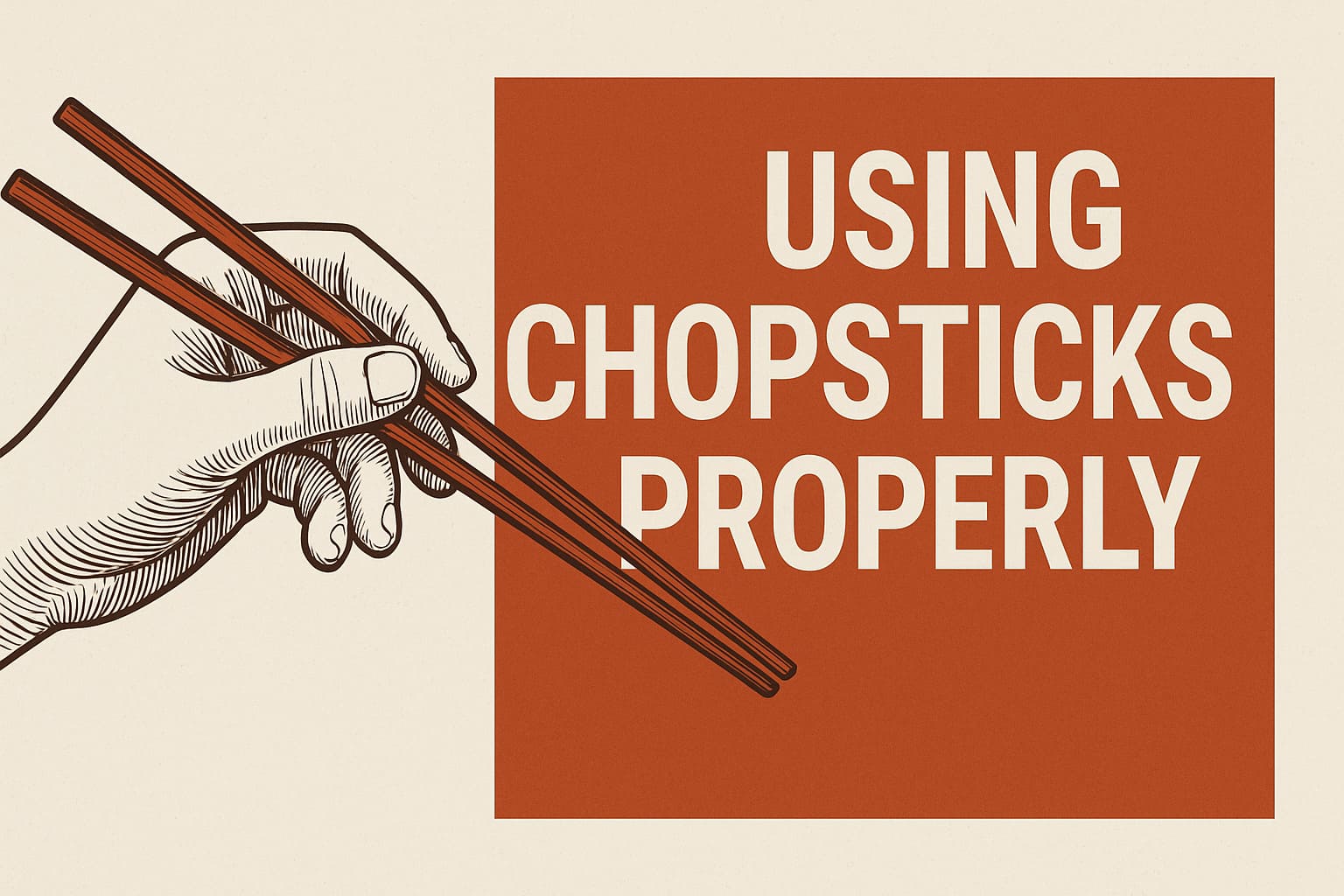Vietnamese cuisine is one of the main attractions for international travelers, celebrated for its wide variety of dishes, rich flavors, and affordability. While upscale restaurants are available, some of the most authentic culinary experiences can be found at local eateries—small, often family-run establishments that reflect the daily lifestyle and cultural habits of Vietnamese people.
To fully enjoy the local food scene and respectfully engage with Vietnamese dining culture, it’s important to understand a few basic eating etiquette rules commonly observed in Vietnam.
2. Dining Etiquette at Local Restaurants
a. Sharing Dishes
Unlike in many Western cultures where meals are served individually, Vietnamese people commonly eat family-style, sharing dishes placed in the center of the table.
- Travelers are advised to use personal chopsticks or spoons to transfer food from the shared plates to their own bowl.
- Some restaurants may provide serving chopsticks for communal dishes—feel free to ask if unsure.
b. Proper Use of Chopsticks and Spoons
- Do not stick chopsticks vertically into a bowl of rice, as it resembles offerings made to the deceased and is considered disrespectful.
- When not in use, rest your chopsticks horizontally across your bowl or place them on a chopstick holder if one is provided.
- Avoid tapping chopsticks on bowls or the table, as it may be perceived as impolite or inconsiderate.
c. Respect for Elders
- In group meals, elderly individuals are usually invited to begin eating first.
- Although this is more commonly practiced in family settings, showing respect by waiting for elders to start eating is always appreciated.
d. Cleanliness and Politeness
- Refrain from speaking loudly, laughing excessively, or causing disturbances while dining—especially in small or crowded eateries.
- Do not litter at the table. If possible, neatly stack your bowls and utensils after finishing your meal to show appreciation.
e. Payment and Tipping
- Tipping is not customary in most local restaurants in Vietnam, especially in casual or street-side eateries.
- In most cases, customers are expected to pay at the front counter after finishing the meal.
- If no receipt is issued, be prepared to remember your table number or list the items ordered.
✅ Conclusion
Vietnam is not only a land of scenic beauty and cultural heritage but also a place where travelers can connect with local life through food. Understanding and following dining etiquette at local restaurants helps enrich your travel experience and shows respect for Vietnamese culture and hospitality.
Be ready to enjoy flavorful meals rooted in tradition, shared among friends or strangers alike, and immersed in the everyday rhythm of Vietnamese life.


